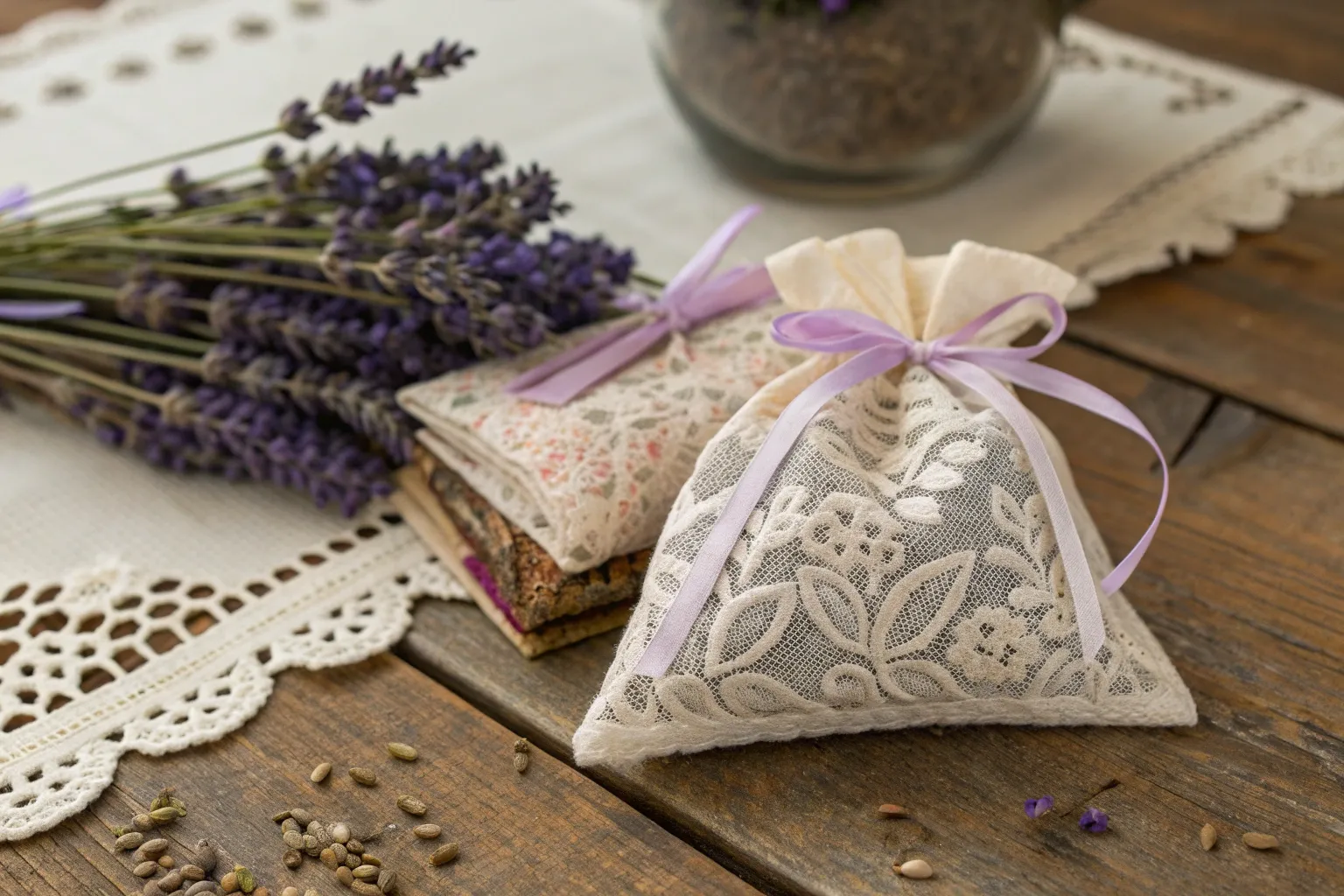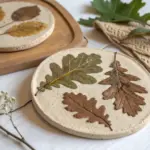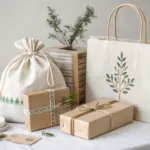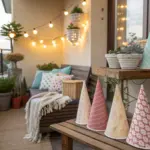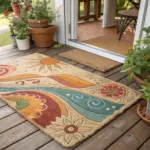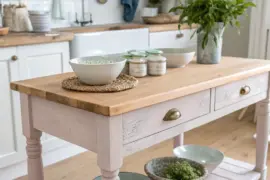Scented sachets filled with dried herbs are a timeless, easy-to-make project that brings both beauty and usefulness into your home. With just a few materials, you can create natural fragrance pouches that are as functional as they are decorative.
The Charm and Function of Herbal Sachets
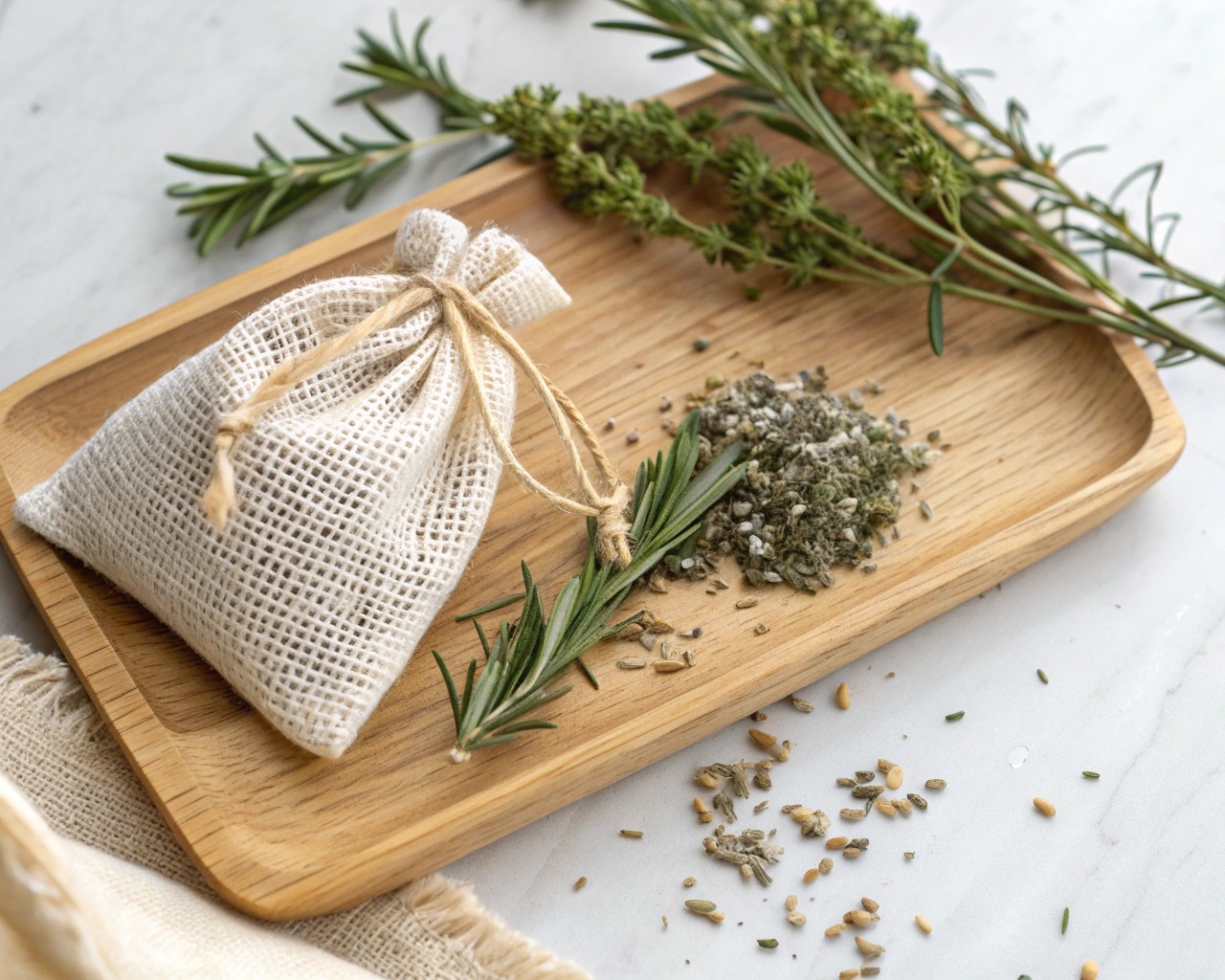
A scented sachet is a small pouch of fabric sewn or tied shut, filled with fragrant herbs, flowers, or botanicals. Their design is charmingly simple, yet their effect is both sensory and practical.
- Natural Air Freshener: Gradually releases aroma through natural evaporation of volatile oils.
- Sustainable Craft: Refillable and biodegradable, unlike synthetic fragrance products.
- Decor-Friendly: Easily tailored to any décor with fabric choice, embroidery, or ribbon detail.
- Practical Use: Ideal for closets, drawers, storage boxes, or luggage, subtly infusing fabric and space with fragrance.
I’ve found that these sachets work not only as fresheners but also as tiny mood-lifters—every time I open a drawer, the faint herbal aroma gives a moment of calm.
Selecting the Best Herbs and Botanical Blends
The choice of herbs defines the character of your sachets. Some plants offer therapeutic aromatherapy benefits, while others carry practical uses, like deterring insects.
Popular Herb Options
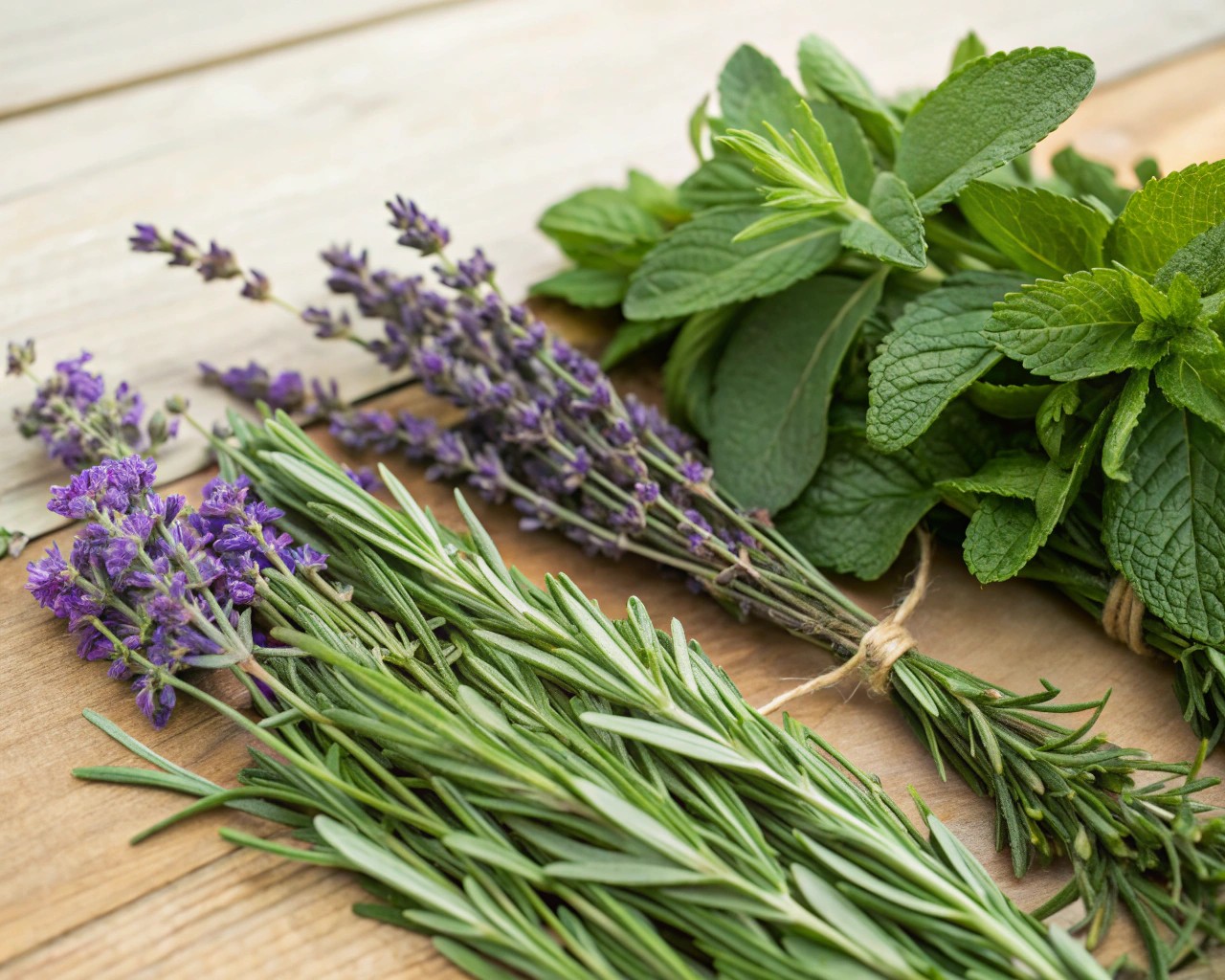
- Lavender: Calming, floral fragrance; excellent for sleep and relaxation.
- Rosemary: Brisk and refreshing; associated with focus and mental clarity.
- Peppermint: Cooling, crisp aroma; helps mask odors in bags or shoes.
- Rose Petals: Subtle and romantic; adds color as well as scent.
- Chamomile: Gentle, fruity-earthy scent; calming, often used for pillow sachets.
- Cedar or Juniper Shavings: Woody, grounding scent that doubles as a moth deterrent.
- Lemon Balm and Citrus Peel: Bright, crisp notes that feel especially clean.
Creating Custom Blends
Think of sachet making almost like composing tea blends. Balancing base, middle, and top notes creates depth in fragrance that feels intentional.
| Fragrance Goal | Blend Suggestion |
|---|---|
| Relaxation & Sleep | Lavender + Chamomile + Rose Petals |
| Energy & Clarity | Rosemary + Peppermint + Lemon Peel |
| Closet Freshening | Cedar Shavings + Lavender + Bay Leaves |
| Romance & Warmth | Rose Petals + Vanilla Bean Shavings + Cinnamon Chips |
Tip: To extend longevity, mix herbs with a “fixative” like orris root powder, which binds to essential oils and helps them last longer.
Materials & Preparation
Before assembling sachets, it’s useful to prepare everything at hand.
Fabric Choices
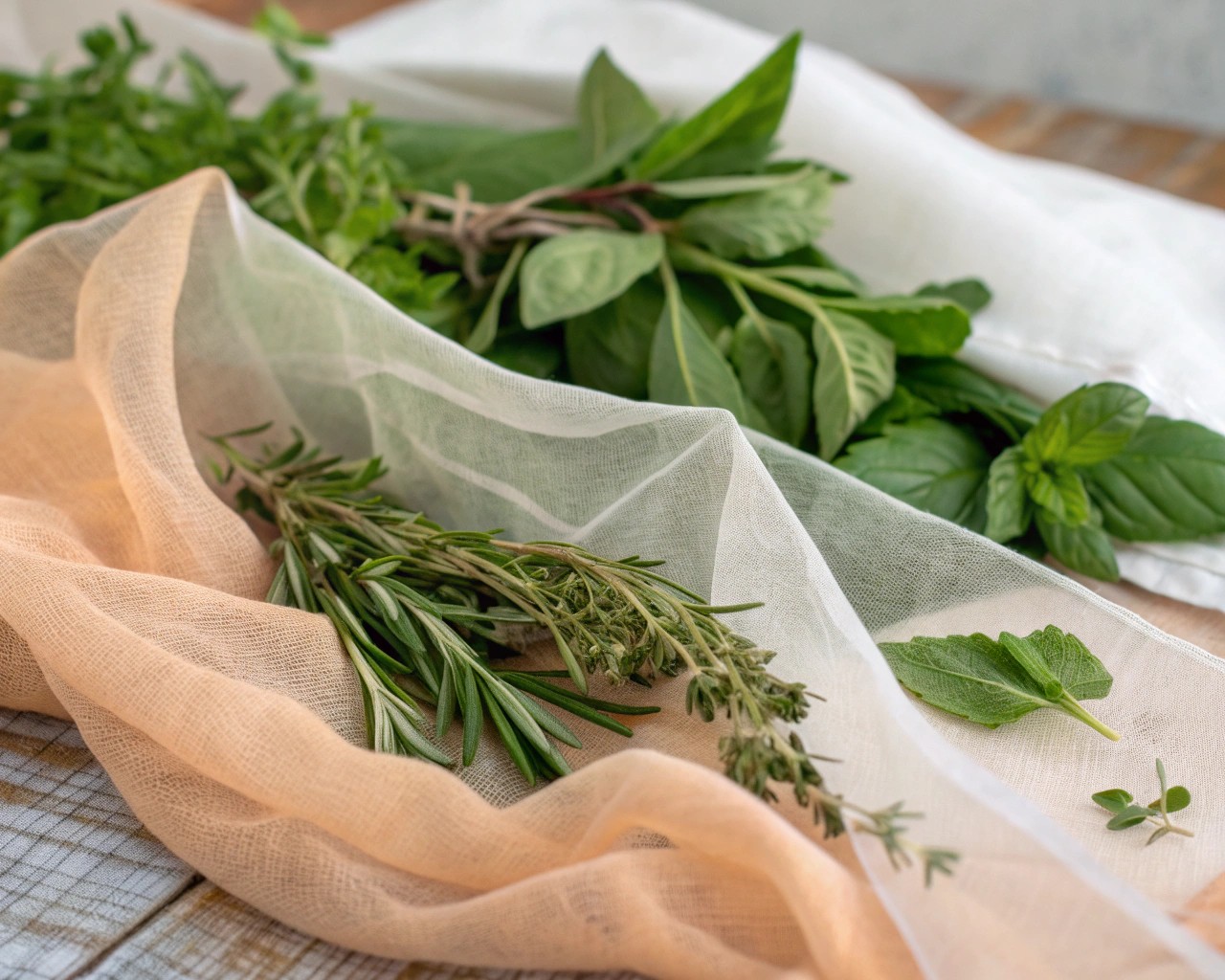
- Cotton Muslin: Breathable and simple; best for hidden sachets.
- Linen: Adds rustic elegance.
- Silk or Satin: Luxurious feel for gifts or decorative uses.
- Sheer Organza: Allows color and texture of the herbs to show through.
Tools & Extras
- Scissors or rotary cutter
- Needle and thread / sewing machine
- Funnel or spoon for filling
- Decorative ribbon, lace, or cord
One small insight: tightly woven fabrics will keep herbs contained but may slightly muffle the scent. Looser weaves, like muslin or organza, allow fragrance to diffuse more freely.
Step-by-Step Instructions
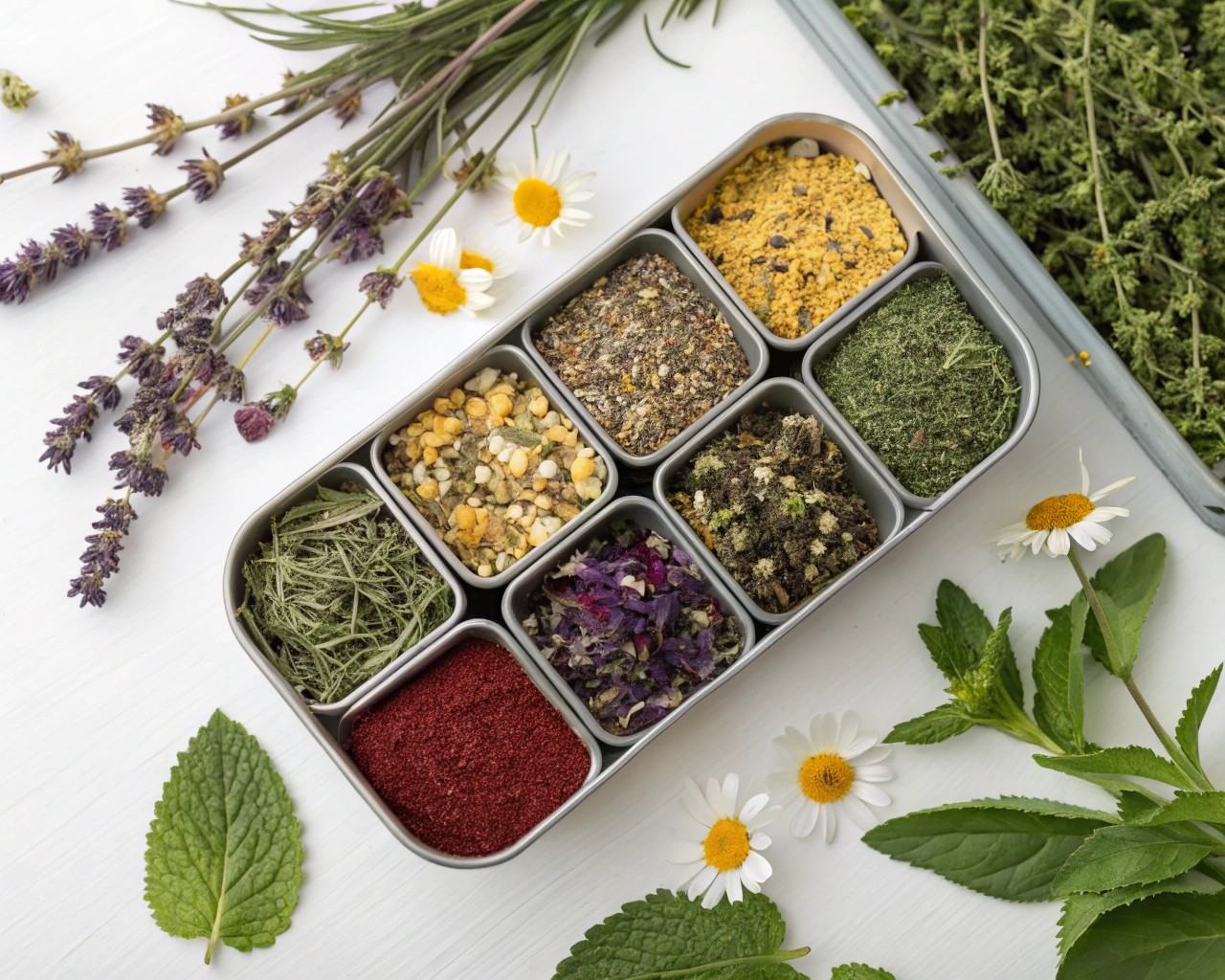
- Cut the Fabric: Decide on sachet size, typically 4×4 or 5×5 inches. Cut two identical squares or shapes (hearts, ovals, or even circles for variety).
- Sew the Base: Place pieces right sides together. Stitch along three sides, leaving one side open. Turn fabric right-side out.
- Prepare Herbal Blend: In a bowl, combine dried herbs. For example, a winter sachet might mix lavender, cedar, and dried orange peel.
- Fill the Pouch: Spoon in filling until 2/3 full—allowing space for stitching or tying.
- Secure the Opening: Either machine-sew the final side closed or fold the edge in and hand-stitch for a neat finish. For a rustic style, gather with ribbon and tie firmly.
- Optional Embellishment: Add embroidery, stenciled fabric paint, or lace edging for a decorative look.
Creative Variations to Explore
-
Seasonal Sachets:
-
Spring: Lavender, rose petals, and mint, in pastel cotton sachets.
- Autumn: Cinnamon, dried apple peel, cloves, in warm-colored linen.
- Winter: Fir needles, crushed juniper berries, star anise in rustic burlap sacks.
-
Themed Sachets:
-
Wedding favors: White silk filled with roses and lavender.
- Children’s drawers: Peppermint and chamomile, tied with colorful ribbons.
- Travel kits: Citrus blends in compact drawstring bags.
- Fabric Shapes: Hearts for Valentine’s Day, stockings for holidays, or simple circles gathered at the top for a quick no-sew option.
Storage, Maintenance, and Longevity
Sachets may last anywhere from three months to a year, depending on herbs used. Scents fade as volatile oils evaporate. Here’s how to maximize their lifespan:
- Refresh Scents: Crush the sachet gently to re-release oils.
- Reinfuse with Essential Oils: A few drops restore intensity without replacing herbs entirely.
- Avoid Direct Sunlight: Prolongs the aromatic life.
- Store in Airtight Container: Keep extras sealed until ready to use.
A friend once told me she reuses sachets seasonally—emptying and refilling them with new blends each year as part of her fall cleaning ritual. That cyclic approach adds a sense of rhythm to the home.
Everyday Uses for Handmade Sachets
- Drawers and Closets: Natural freshness where synthetic sprays are unnecessary.
- Bedding: Tuck a sachet under the pillow slip for better rest (lavender and chamomile work best).
- Luggage: Place inside travel bags to prevent stale odors.
- Shoes and Gym Bags: Peppermint and cedar help mask and neutralize.
- Gifting: Pair with handmade soaps, teas, or candles for elegant bundles.
- Decor Accents: Display them in baskets, bowls, or hung by ribbons from hangers.
Final Thoughts
Scented sachets may seem like a small detail, but they carry tremendous power to enrich daily life. When you lift a pile of folded linens and catch the faint aroma of lavender or cedar, the ordinary becomes a moment of sensory delight. For me, it’s this mixture of craft, nature, and intention that makes sachets so rewarding—they are not just pouches of herbs, but small vessels of calm and care that weave fragrance into the fabric of home life.

